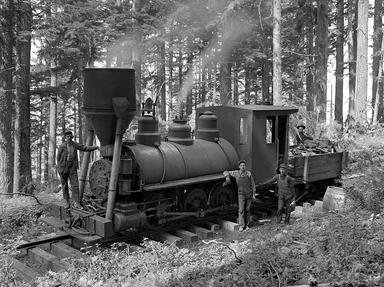Quiz Answer Key and Fun Facts
1. Walt Disney will forever be remembered as a visionary for happiness and a major influence in the field of entertainment. During his early years, he shared an occupation with a number of prominent people in history,including E.E. Cummings, Ernest Hemingway, and Dashiell Hammett. What job did these three artisans share in the early 20th century?
2. During his career, Theodor S. Geisel (1904-1991) authored and illustrated over 70 books, selling in excess of 222 million copies, translated into 15 different languages worldwide. Which was his first published work?
3. Celebrated as a true American hero, Charles Lindbergh amazed millions after successfully completing the first solo flight across the Atlantic Ocean in 1927. The aircraft flown by Lindbergh is still intact, and is on display in a museum for all to view. Where would I go to view this history making airplane?
4. Through his direct actions, Timothy J. McCarthy became one of only four Americans to be credited with a specific act of bravery during the 20th century. What profession did McCarthy and the other three men share?
5. Thomas Selfridge, a first lieutenant in the U.S. Army, gained a dubious historical distinction on September 7, 1908, at Fort Myers, Virginia. Who was with the 26 year old military officer on the day he made history?
6. William Safire, a presidential speech writer, wrote a speech on July 18, 1969, to be delivered by President Richard M. Nixon, should circumstances warrant. Events at the time resulted in the speech not being required. What was the subject of the speech that was never delivered?
7. Former Colgate University football player Lyle Chapman and boxer/sports enthusiast Martin J. Lahart were among the first nine persons to be hand selected for a job in 1929. What profession activity were these men to become a part of?
8. On June 3, 1965, Edward Higgins White II, became the first American to attempt and accomplish a daring feat, thus insuring his place in history. Nineteen months later, the profession he loved claimed his life, again placing him in a tragic American history first. What was his chosen profession?
9. On April 14, 1970, which American space traveler first spoke the now famous, and often misquoted words to Mission Control, "Houston, we've had a problem"?
10. Actress Cassandra Peterson, known to millions all over the world as "Elvira, Mistress of the Dark", was listed in the 1967 "Guinness Book of World Records" for a professional accomplishment. What was her claim to fame?
Source: Author
MaceoMack
This quiz was reviewed by FunTrivia editor
bloomsby before going online.
Any errors found in FunTrivia content are routinely corrected through our feedback system.

